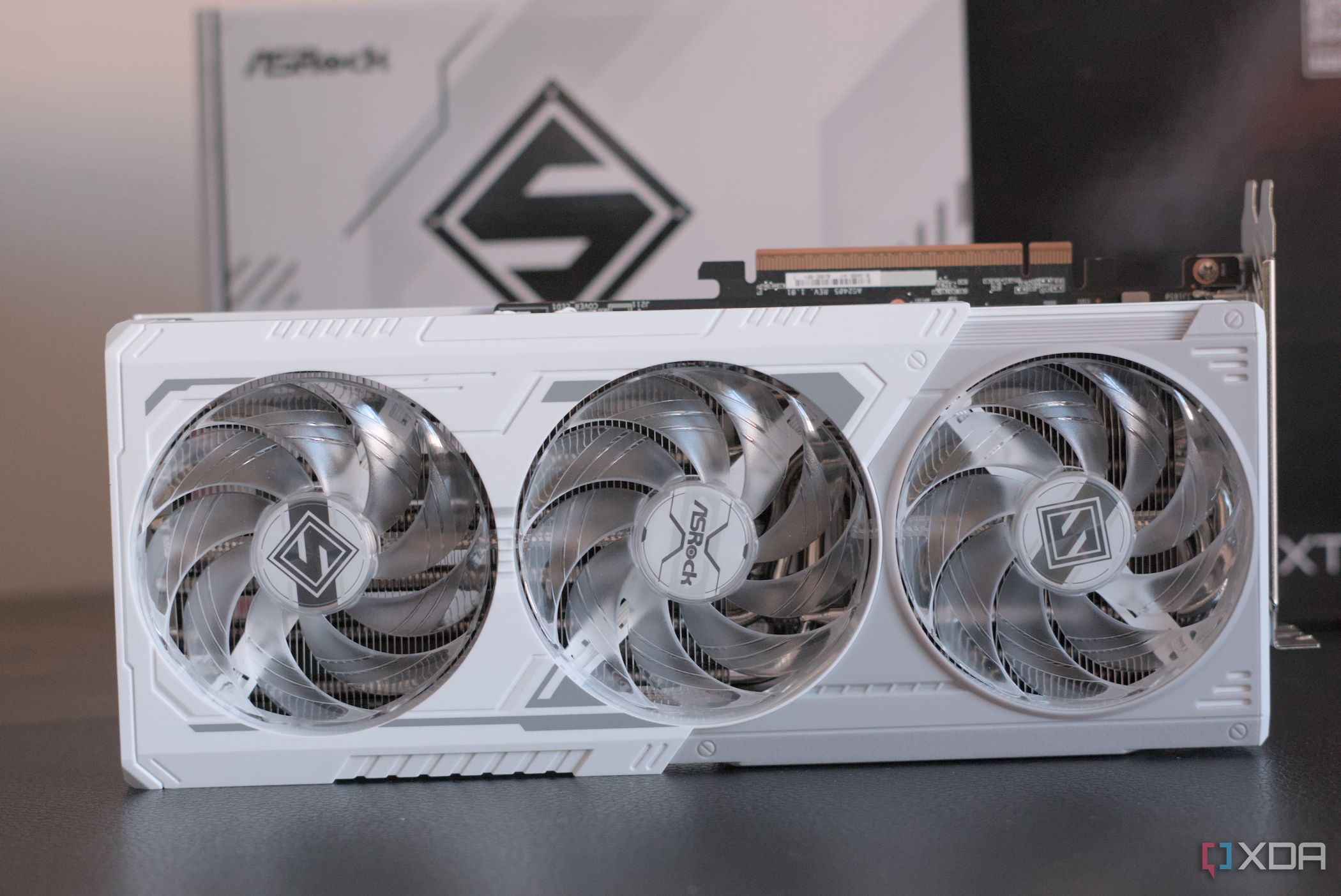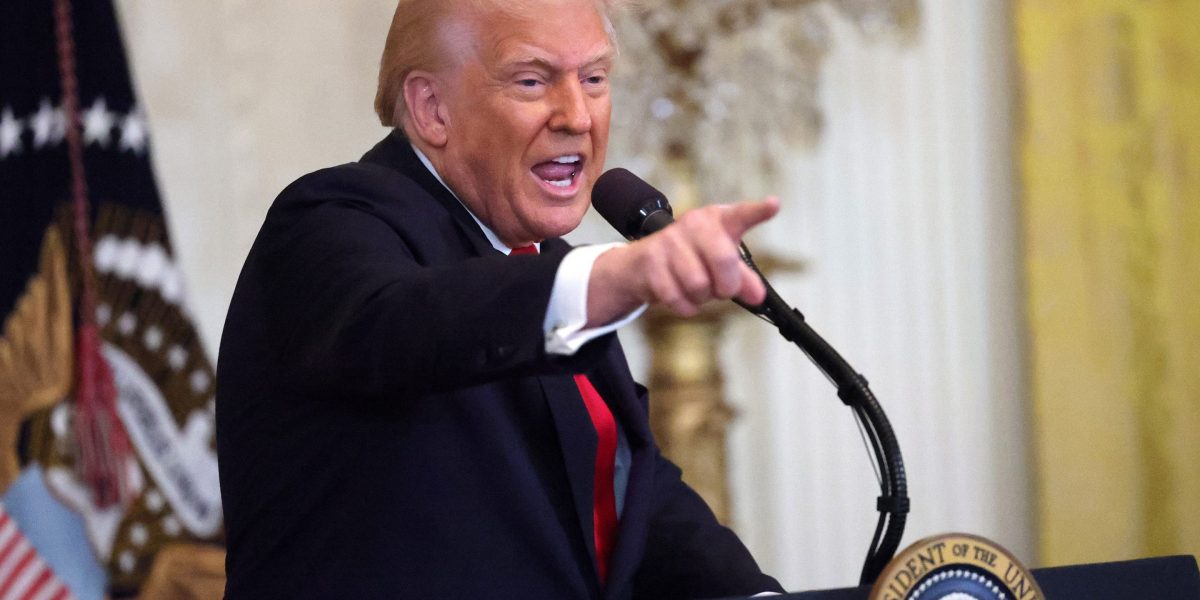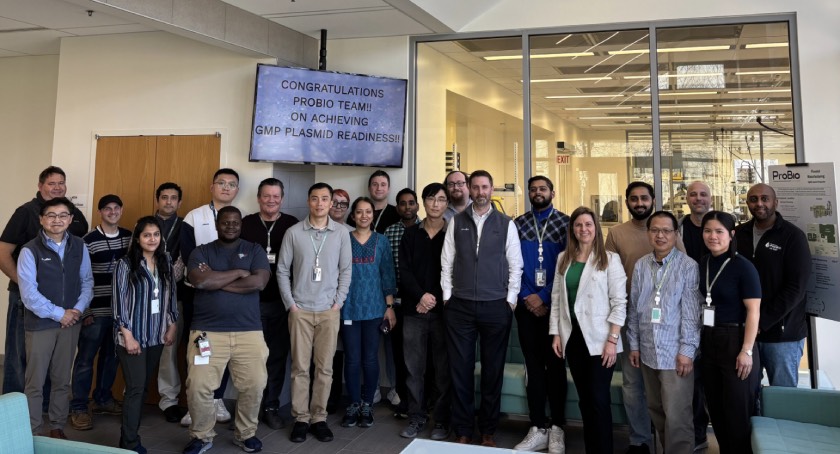Luxury's New Frontier: How Chinese Brands Are Shattering Western Design Monopolies
Manufacturing
2025-04-13 16:46:49
Behind the Glamour: The Real Story of Luxury Brand Manufacturing In a revealing digital exposé, Chinese manufacturers and content creators are pulling back the curtain on the luxury fashion industry, showcasing the stark contrast between high-end brand pricing and their actual production costs. TikTok has become the unexpected platform for this eye-opening revelation, where creators are sharing insider knowledge about how premium designer items are actually manufactured in China at remarkably low expenses. These videos are lifting the veil on the true economics of luxury fashion, demonstrating how a handbag or designer jacket that retails for thousands of dollars might cost just a fraction of its selling price to produce. Manufacturers are using social media to transparently demonstrate the production process, revealing the intricate details of how these seemingly exclusive items are created. By sharing manufacturing insights, they're challenging consumer perceptions and highlighting the significant markup in luxury brand pricing. This digital movement is not just about exposing production costs, but also about empowering consumers with knowledge about the true value of the products they purchase. As these revelations gain traction, they're prompting important conversations about pricing, manufacturing, and the global fashion supply chain. MORE...
From Slums to Stocks: How Shankar Sharma Reveals India's Manufacturing Conundrum with China
Manufacturing
2025-04-13 12:52:00
In a revealing social media post, veteran investor Shankar Sharma has inadvertently highlighted a critical challenge facing India's manufacturing aspirations. His recent commentary about a gym equipment workshop nestled in a Mumbai slum has ignited a broader national dialogue about India's persistent reliance on Chinese manufacturing components. Despite ambitious dreams of emerging as a global manufacturing powerhouse, India finds itself at a crossroads. The country's industrial transformation is being systematically hindered by two significant obstacles: a heavy dependence on imported parts and bureaucratic land-use regulations that strangle entrepreneurial potential. As global supply chains seek alternatives to China, industry experts argue that India requires more than protectionist measures like tariffs and government subsidies. The real key to success lies in comprehensive structural reforms that can genuinely enable large-scale, competitive manufacturing. The gym equipment workshop serves as a microcosm of India's larger industrial challenges—a potent symbol of potential innovation constrained by systemic limitations. For India to truly realize its manufacturing ambitions, it must address these fundamental structural barriers with bold, forward-thinking policies. MORE...
Rust Belt Dreams: How Manufacturing Nostalgia Could Derail America's Economic Future
Manufacturing
2025-04-13 11:00:22
Donald Trump's ambitious plan to bring factory jobs back to American soil represents a dramatic shift from decades of global economic integration. While his vision promises to revitalize domestic manufacturing, it fundamentally challenges the established patterns of international trade and economic globalization. For years, American companies have strategically outsourced production to countries with lower labor costs, creating complex global supply chains that maximized efficiency and profitability. Trump's approach seeks to disrupt this long-standing model by incentivizing manufacturers to return jobs to the United States through a combination of tariffs, tax incentives, and nationalist economic policies. However, this strategy faces significant challenges. The global manufacturing landscape has dramatically transformed, with advanced technologies, automation, and international competition reshaping traditional production methods. Reversing decades of economic momentum is not simply a matter of political will, but requires a comprehensive reimagining of industrial infrastructure and workforce development. Proponents argue that onshoring could reinvigorate American manufacturing communities devastated by job losses, while critics contend that such policies might ultimately harm economic competitiveness and consumer prices. The debate highlights the complex trade-offs between economic nationalism and the realities of a deeply interconnected global economy. As the United States navigates this critical economic crossroads, the success of Trump's vision will ultimately depend on balancing protectionist impulses with the innovative spirit that has long defined American industrial prowess. MORE...
Made in America: How Domestic Plastic Production Is Reshaping Our Industrial Landscape
Manufacturing
2025-04-13 11:00:00
During President Donald Trump's first term, American manufacturing experienced a remarkable transformation. With a bold approach that cut through bureaucratic obstacles, Trump revitalized the industrial sector by systematically dismantling regulations that had long hindered business growth and job creation. His administration took a pragmatic stance, sweeping away impractical rules that had burdened manufacturers for years. By slashing red tape and implementing business-friendly policies, Trump created an environment where American manufacturing could thrive once again. Entrepreneurs and factory owners found themselves empowered, with newfound freedom to innovate and expand their operations. The president's commitment to common-sense governance meant that outdated and restrictive policies were replaced with streamlined approaches that prioritized economic growth and job opportunities. This strategic overhaul breathed new life into American industry, signaling a powerful renaissance for manufacturing across the nation. MORE...
Manufacturing Muscle: Why Trump's Economic Alarm Bells Don't Match America's Factory Floor Reality
Manufacturing
2025-04-13 07:40:06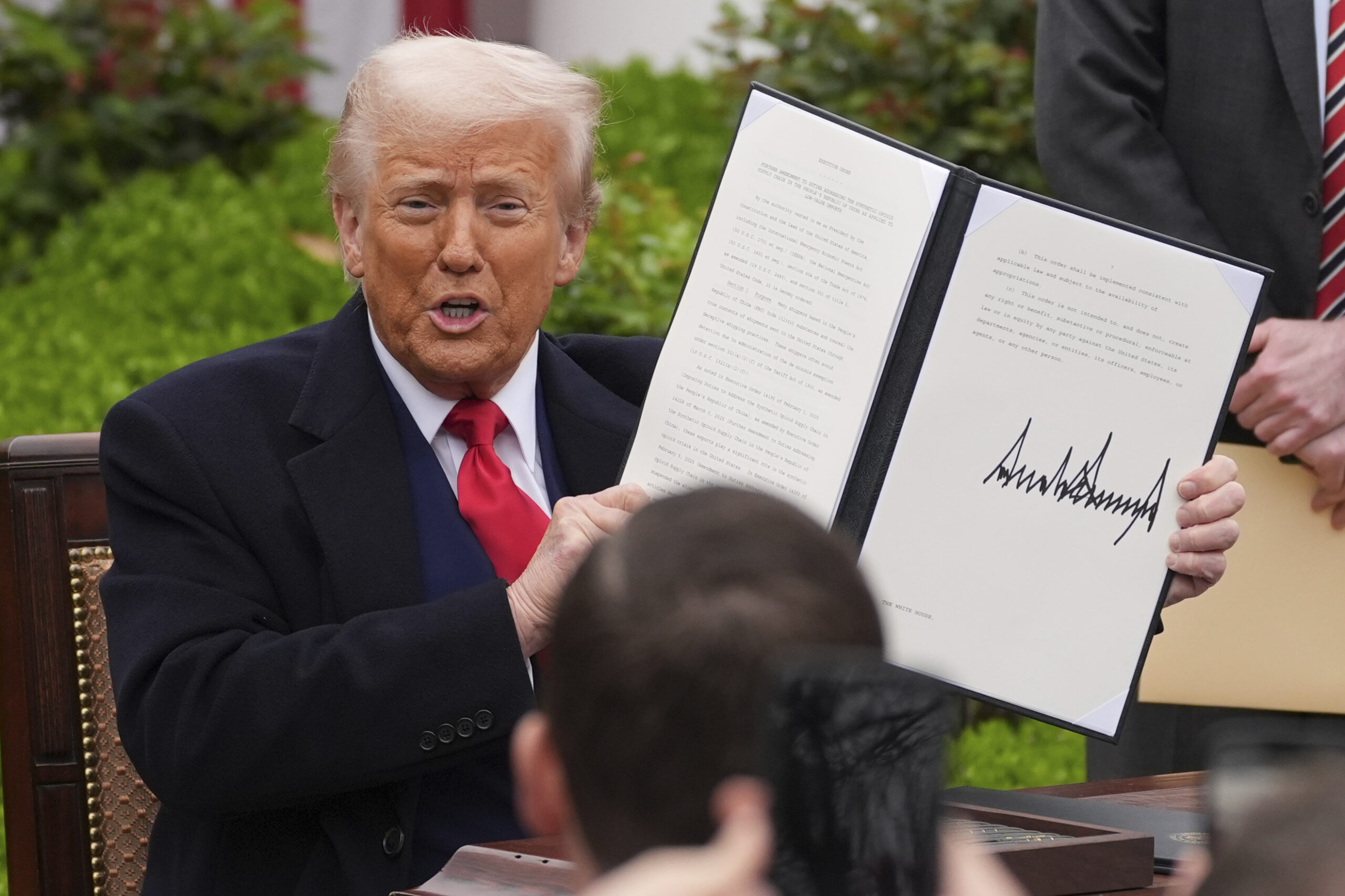
American manufacturing is experiencing a remarkable renaissance, surging to unprecedented levels of productivity and global competitiveness. The United States has solidified its position as the world's second-largest manufacturing powerhouse, trailing only behind China in total output. Despite China's significantly larger manufacturing base—which currently produces four times the volume of American manufacturing—the United States continues to demonstrate remarkable industrial resilience and innovation. This achievement highlights the strength and adaptability of the American manufacturing sector, which has consistently evolved to meet changing global economic demands. The current manufacturing landscape reflects a combination of advanced technological capabilities, skilled workforce, and strategic economic policies that have enabled the United States to maintain its competitive edge in the global industrial arena. From cutting-edge technology to traditional industrial production, American manufacturers are proving their ability to compete on the world stage with efficiency and ingenuity. As global economic dynamics continue to shift, the United States remains committed to strengthening its manufacturing capabilities, investing in research and development, and maintaining its position as a critical player in the international industrial ecosystem. MORE...
Trade Wars and Fairness: The Real Story Behind Trump's Tariff Gambit
Manufacturing
2025-04-13 06:03:12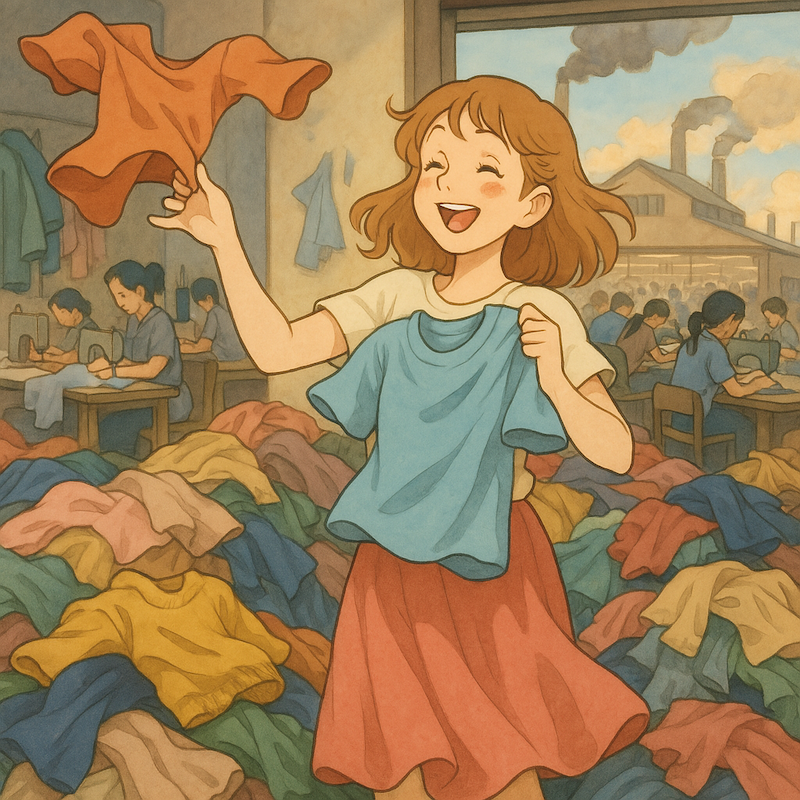
Reviving American Manufacturing: Trump's Bold Economic Vision President Donald Trump continues to champion American manufacturing as the cornerstone of his economic strategy, passionately advocating for the revival of industrial jobs and the revitalization of the nation's manufacturing sector. His primary focus remains on transforming the economic landscape by bringing production back to American soil and creating opportunities for workers across the country. With a resolute commitment to economic renewal, Trump's approach targets key industries that have experienced significant decline over recent decades. By implementing strategic policies and trade initiatives, he aims to reinvigorate manufacturing communities and restore the economic vitality that once made the United States a global industrial powerhouse. The president's vision extends beyond mere rhetoric, promising tangible support for American workers and businesses. Through targeted incentives, trade negotiations, and regulatory reforms, Trump seeks to create an environment where domestic manufacturing can not only survive but thrive in an increasingly competitive global marketplace. As the economic narrative unfolds, Trump's unwavering dedication to rebuilding America's productive base continues to resonate with workers and industry leaders who see potential for a robust industrial renaissance. MORE...
Trade Tensions: Ishiba Warns Trump Tariffs Could Cripple U.S. Manufacturing Sector
Manufacturing
2025-04-13 05:07:38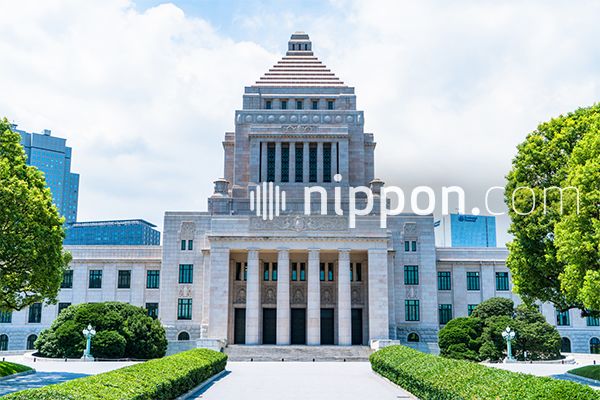
In a bold statement addressing international trade tensions, Japanese Prime Minister Shigeru Ishiba addressed the ongoing tariff challenges facing Japan on Sunday. Speaking from Kobe, Ishiba highlighted the complex economic landscape and the potential implications of recent trade restrictions. The prime minister's comments come at a critical moment, signaling Japan's commitment to navigating global economic pressures with strategic diplomacy. While specific details of the tariffs were not extensively elaborated, Ishiba's remarks underscore the nation's proactive approach to international trade negotiations. As global markets continue to experience volatility, Japan remains focused on maintaining economic stability and protecting its trade interests. The prime minister's statement reflects the country's determination to address economic challenges head-on and seek constructive solutions in an increasingly interconnected global economy. Observers and economic analysts will be closely monitoring the developments following Ishiba's announcement, anticipating potential strategies Japan might employ to mitigate the impact of these trade barriers. MORE...
Made in America: Can Trump's Manufacturing Gambit Revive Industrial Heartland?
Manufacturing
2025-04-13 04:37:21
Bringing Manufacturing Home: Trump's Bold Economic Vision
President Donald Trump's ambitious economic strategy is reshaping America's industrial landscape, sparking intense debate about the future of domestic manufacturing. By leveraging aggressive tariffs and nationalist economic policies, Trump aims to revitalize American production and reduce dependence on foreign imports.
The administration's approach represents a dramatic shift from previous economic models, challenging globalization's long-standing narrative. By imposing strategic tariffs and creating incentives for domestic production, Trump seeks to rebalance international trade dynamics and reinvigorate American manufacturing sectors that have struggled in recent decades.
Proponents argue that these policies could create significant job opportunities, strengthen national economic resilience, and reduce vulnerability to international supply chain disruptions. Critics, however, warn of potential retaliatory measures from trading partners and increased consumer costs.
As the debate continues, one thing remains clear: Trump's manufacturing revival strategy represents a bold and controversial attempt to fundamentally reimagine America's economic future, challenging long-established global economic paradigms.
MORE...Breaking: Global Supply Chains Unravel as Companies Seek Alternatives to Chinese Manufacturing
Manufacturing
2025-04-13 04:00:12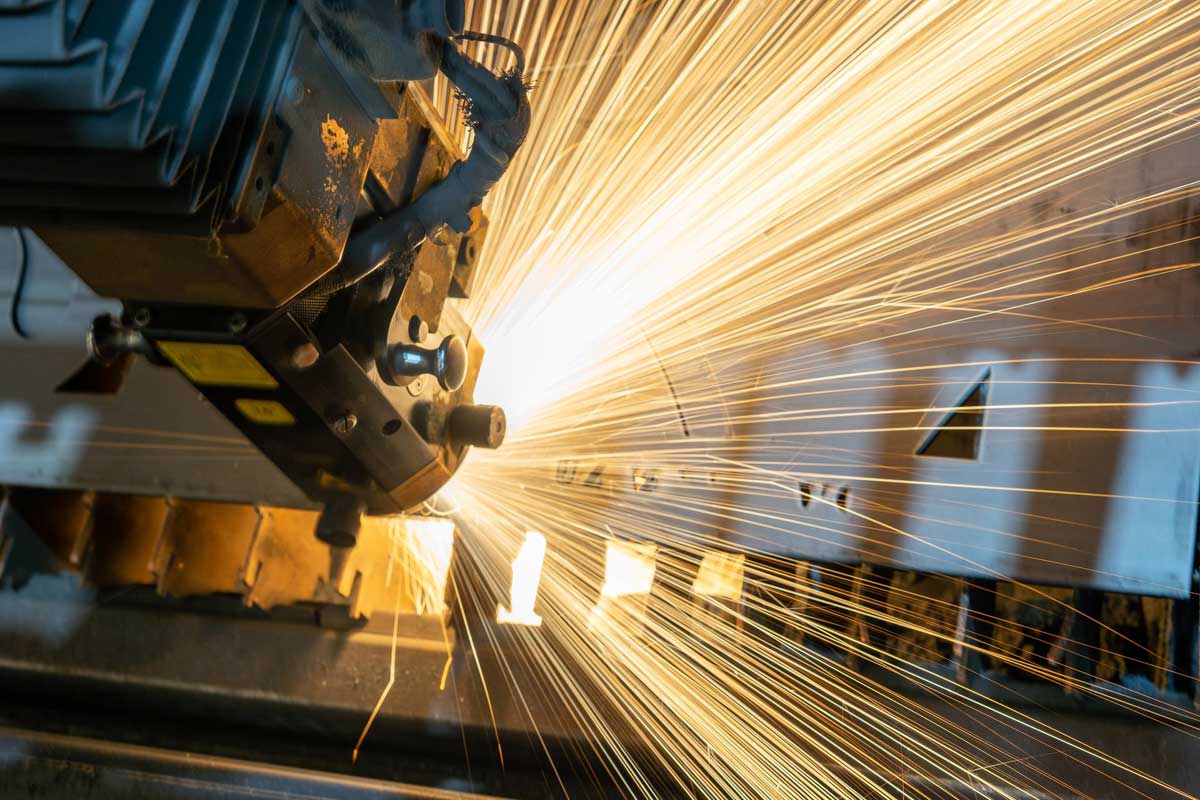
In the twilight of the 1980s, a transformative economic phenomenon swept through corporate boardrooms across the United States: the strategic migration of manufacturing operations to China, a nation rapidly emerging as the global manufacturing powerhouse. This pivotal shift wasn't merely a business trend, but a watershed moment in international industrial dynamics. Companies began viewing China as an irresistible destination for production, drawn by its unprecedented combination of low-cost labor, expansive workforce, and rapidly developing industrial infrastructure. The term "factory of the world" wasn't just a catchy phrase—it represented a fundamental restructuring of global manufacturing strategies. Executives and strategic planners saw an opportunity to dramatically reduce production costs while maintaining competitive product quality. Chinese manufacturing centers offered an attractive proposition: significantly lower wages compared to American labor markets, coupled with a robust and adaptable manufacturing ecosystem. This massive industrial relocation wasn't just about cutting expenses; it represented a complex geopolitical and economic recalibration that would reshape global trade relationships for decades to come. What began as a strategic management trend would ultimately transform the entire landscape of international manufacturing and economic interdependence. MORE...
Reviving U.S. Manufacturing: How Fab Labs Are Sparking an Industrial Renaissance
Manufacturing
2025-04-13 04:00:00
From Maker Spaces to Innovation Hubs: The Fab Lab Revolution In the wake of MIT's groundbreaking original fabrication laboratory, a nationwide movement of creative workshops has emerged, transforming local communities through hands-on innovation. These fab labs have become vibrant centers of technological empowerment, enabling everyday people to design, prototype, and manufacture their own unique products. Spreading like wildfire across cities and towns, these collaborative spaces are democratizing manufacturing and technology. Equipped with cutting-edge tools like 3D printers, laser cutters, and advanced design software, fab labs are breaking down traditional barriers to innovation. Community members, from students to entrepreneurs, now have unprecedented access to resources that were once reserved for large corporations and specialized research facilities. These dynamic maker spaces are more than just workshops—they're incubators of creativity, learning, and local economic development. By providing tools and training, fab labs are inspiring a new generation of makers, inventors, and problem-solvers who are reimagining what's possible in their own neighborhoods. MORE...
- 1
- 2
- 3
- 4
- 5
- 6
- 7
- 8
- 9
- 10
- 11
- 12
- 13
- 14
- 15
- 16
- 17
- 18
- 19
- 20
- 21
- 22
- 23
- 24
- 25
- 26
- 27
- 28
- 29
- 30
- 31
- 32
- 33
- 34
- 35
- 36
- 37
- 38
- 39
- 40
- 41
- 42
- 43
- 44
- 45
- 46
- 47
- 48
- 49
- 50
- 51
- 52
- 53
- 54
- 55
- 56
- 57
- 58
- 59
- 60
- 61
- 62
- 63
- 64
- 65
- 66
- 67
- 68
- 69
- 70
- 71
- 72
- 73
- 74
- 75
- 76
- 77
- 78
- 79
- 80
- 81
- 82
- 83
- 84
- 85
- 86
- 87
- 88
- 89
- 90
- 91
- 92
- 93
- 94
- 95
- 96
- 97
- 98
- 99
- 100
- 101
- 102
- 103
- 104
- 105
- 106
- 107
- 108
- 109
- 110
- 111
- 112
- 113
- 114
- 115
- 116
- 117
- 118
- 119
- 120
- 121
- 122
- 123
- 124
- 125
- 126
- 127
- 128
- 129
- 130
- 131
- 132
- 133
- 134
- 135
- 136
- 137
- 138
- 139
- 140
- 141
- 142
- 143
- 144
- 145
- 146
- 147
- 148
- 149
- 150
- 151
- 152
- 153
- 154
- 155
- 156
- 157
- 158
- 159
- 160
- 161
- 162
- 163
- 164
- 165
- 166
- 167
- 168
- 169
- 170
- 171
- 172
- 173
- 174
- 175
- 176
- 177
- 178
- 179
- 180
- 181
- 182
- 183
- 184
- 185
- 186
- 187
- 188
- 189
- 190
- 191
- 192
- 193
- 194
- 195
- 196
- 197
- 198
- 199
- 200
- 201
- 202
- 203
- 204
- 205
- 206
- 207
- 208
- 209
- 210
- 211
- 212
- 213
- 214
- 215
- 216
- 217
- 218
- 219
- 220
- 221
- 222
- 223
- 224
- 225
- 226
- 227
- 228
- 229
- 230
- 231
- 232
- 233
- 234
- 235
- 236
- 237
- 238


